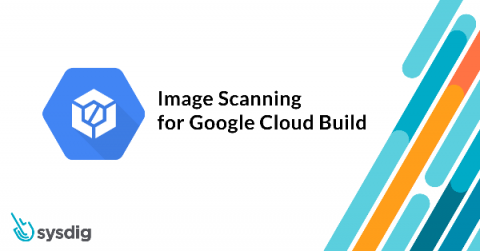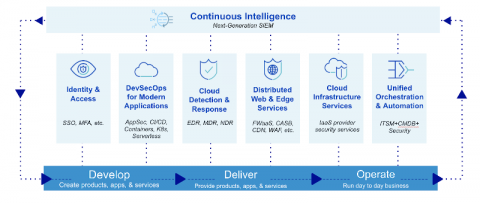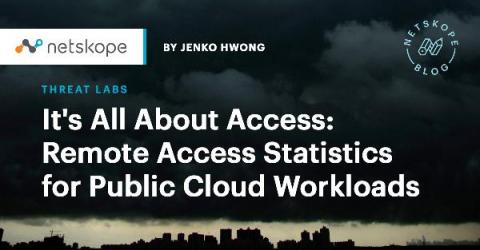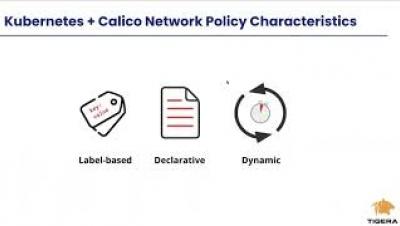Data Management on Logsign SIEM: What you must know
Log data plays an unparalleled role in the operation and functioning of a SIEM solution. Or in other words, logs are intrinsic for an effective SIEM solution. Without incoming log data from a variety of different sources in your IT infrastructure, a SIEM essentially becomes useless. In our previous posts, we have explored a variety of features of Logsign SIEM concerning dashboards, reports, search queries, alerts, and behavior definitions.











